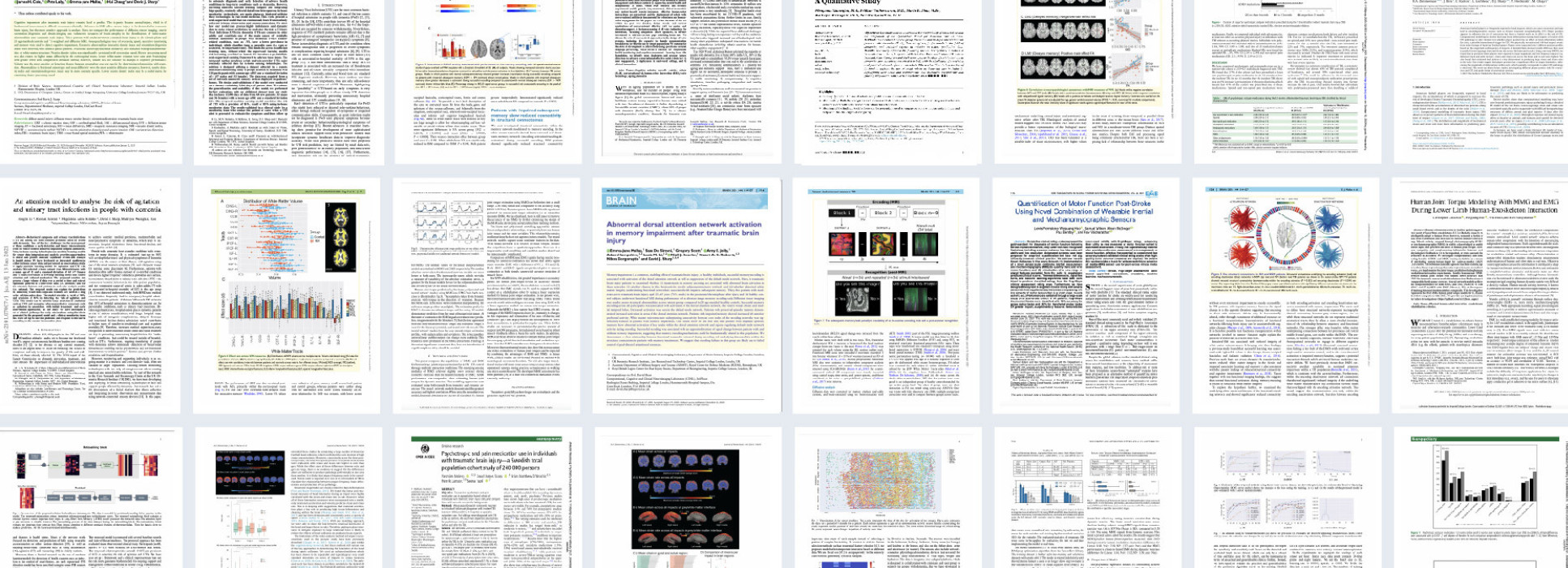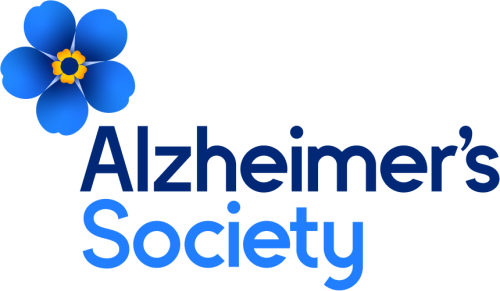
Results
- Showing results for:
- Reset all filters
Search results
-
Journal articleZimmerman K, Kim J, Karton C, et al., 2021,
Player position in American Football influences the magnitude of mechanical strains produced in the location of chronic traumatic encephalopathy pathology: a computational modelling study
, Journal of Biomechanics, Vol: 118, ISSN: 0021-9290American football players are frequently exposed to head impacts, which can cause concussions and may lead to neurodegenerative diseases such as chronic traumatic encephalopathy (CTE). Player position appears to influence the risk of concussion but there is limited work on its effect on the risk of CTE. Computational modelling has shown that large brain deformations during head impacts co-localise with CTE pathology in sulci. Here we test whether player position has an effect on brain deformation within the sulci, a possible biomechanical trigger for CTE. We physically reconstructed 148 head impact events from video footage of American Football games. Players were separated into 3 different position profiles based on the magnitude and frequency of impacts. A detailed finite element model of TBI was then used to predict Green-Lagrange strain and strain rate across the brain and in sulci. Using a one-way ANOVA, we found that in positions where players were exposed to large magnitude and low frequency impacts (e.g. defensive back and wide receiver), strain and strain rate across the brain and in sulci were highest. We also found that rotational head motion is a key determinant in producing large strains and strain rates in the sulci. Our results suggest that player position has a significant effect on impact kinematics, influencing the magnitude of deformations within sulci, which spatially corresponds to where CTE pathology is observed. This work can inform future studies investigating different player-position risks for concussion and CTE and guide design of prevention systems.
-
Journal articleLadhani SN, Chow JY, Atkin S, et al., 2021,
Regular mass screening for SARS-CoV-2 infection in care homes already affected by COVID-19 outbreaks: Implications of false positive test results
, Journal of Infection, Vol: 82, Pages: 299-301, ISSN: 0163-4453 -
Journal articleGraham NSN, Junghans C, McLaren R, et al., 2021,
High rates of SARS-CoV-2 seropositivity in nursing home residents
, Journal of Infection, Vol: 82, Pages: 310-312, ISSN: 0163-4453 -
BookHotho A, Blomqvist E, Dietze S, et al., 2021,
Preface
-
Journal articleJolly AE, Balaet M, Azor A, et al., 2021,
Detecting axonal injury in individual patients after traumatic brain injury.
, Brain: a journal of neurology, Vol: 144, Pages: 92-113, ISSN: 0006-8950Poor outcomes after traumatic brain injury (TBI) are common yet remain difficult to predict. Diffuse axonal injury is important for outcomes, but its assessment remains limited in the clinical setting. Currently, axonal injury is diagnosed based on clinical presentation, visible damage to the white matter or via surrogate markers of axonal injury such as microbleeds. These do not accurately quantify axonal injury leading to misdiagnosis in a proportion of patients. Diffusion tensor imaging provides a quantitative measure of axonal injury in vivo, with fractional anisotropy often used as a proxy for white matter damage. Diffusion imaging has been widely used in TBI but is not routinely applied clinically. This is in part because robust analysis methods to diagnose axonal injury at the individual level have not yet been developed. Here, we present a pipeline for diffusion imaging analysis designed to accurately assess the presence of axonal injury in large white matter tracts in individuals. Average fractional anisotropy is calculated from tracts selected on the basis of high test-retest reliability, good anatomical coverage and their association to cognitive and clinical impairments after TBI. We test our pipeline for common methodological issues such as the impact of varying control sample sizes, focal lesions and age-related changes to demonstrate high specificity, sensitivity and test-retest reliability. We assess 92 patients with moderate-severe TBI in the chronic phase (≥6 months post-injury), 25 patients in the subacute phase (10 days to 6 weeks post-injury) with 6-month follow-up and a large control cohort (n = 103). Evidence of axonal injury is identified in 52% of chronic and 28% of subacute patients. Those classified with axonal injury had significantly poorer cognitive and functional outcomes than those without, a difference not seen for focal lesions or microbleeds. Almost a third of patients with unremarkable standard MRIs had evidence o
This data is extracted from the Web of Science and reproduced under a licence from Thomson Reuters. You may not copy or re-distribute this data in whole or in part without the written consent of the Science business of Thomson Reuters.
Awards
- Finalist: Best Paper - IEEE Transactions on Mechatronics (awarded June 2021)
- Finalist: IEEE Transactions on Mechatronics; 1 of 5 finalists for Best Paper in Journal
- Winner: UK Institute of Mechanical Engineers (IMECHE) Healthcare Technologies Early Career Award (awarded June 2021): Awarded to Maria Lima (UKDRI CR&T PhD candidate)
- Winner: Sony Start-up Acceleration Program (awarded May 2021): Spinout company Serg Tech awarded (1 of 4 companies in all of Europe) a place in Sony corporation start-up boot camp
- “An Extended Complementary Filter for Full-Body MARG Orientation Estimation” (CR&T authors: S Wilson, R Vaidyanathan)

Established in 2017 by its principal funder the Medical Research Council, in partnership with Alzheimer's Society and Alzheimer’s Research UK, The UK Dementia Research Institute (UK DRI) is the UK’s leading biomedical research institute dedicated to neurodegenerative diseases.


